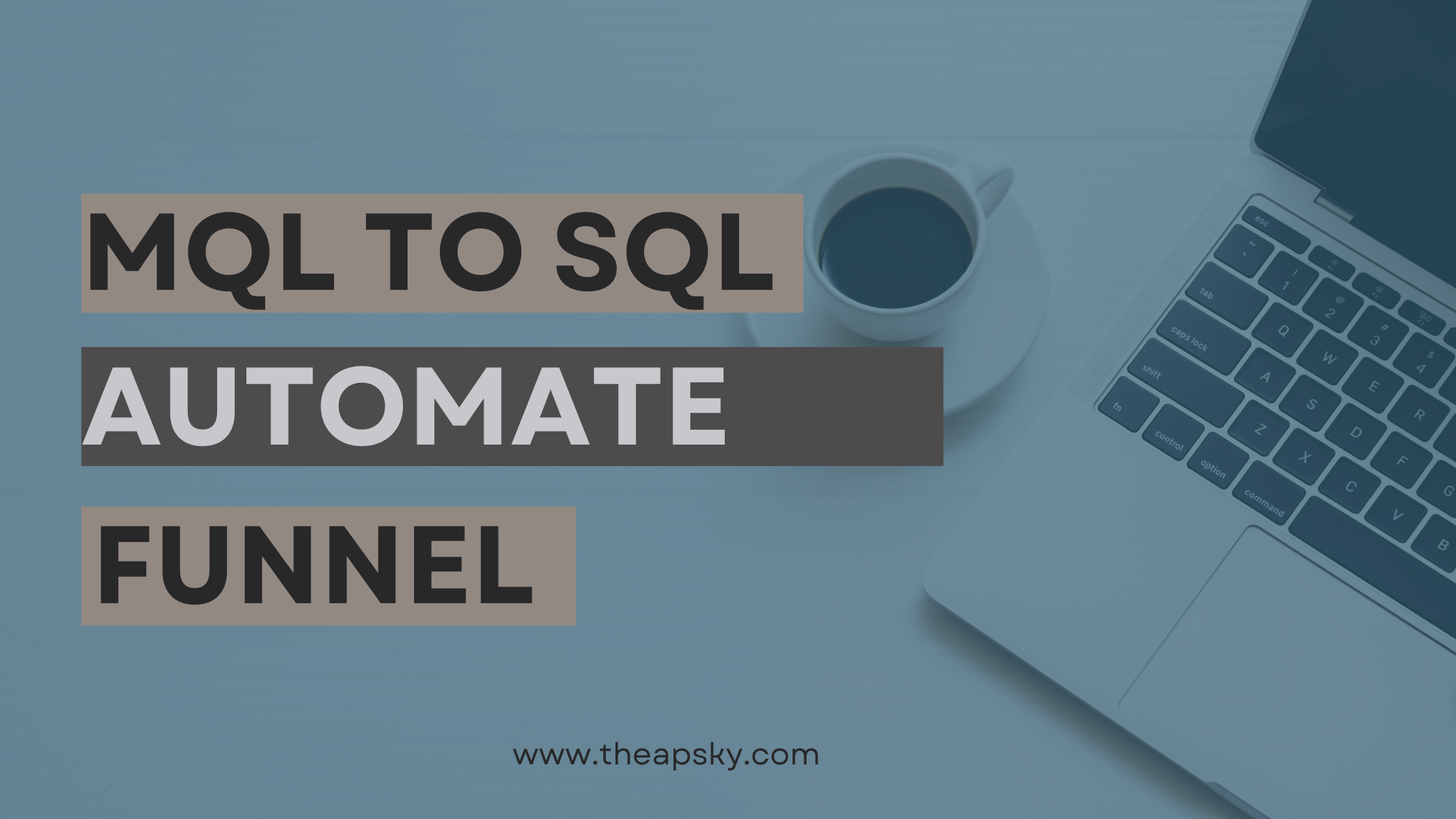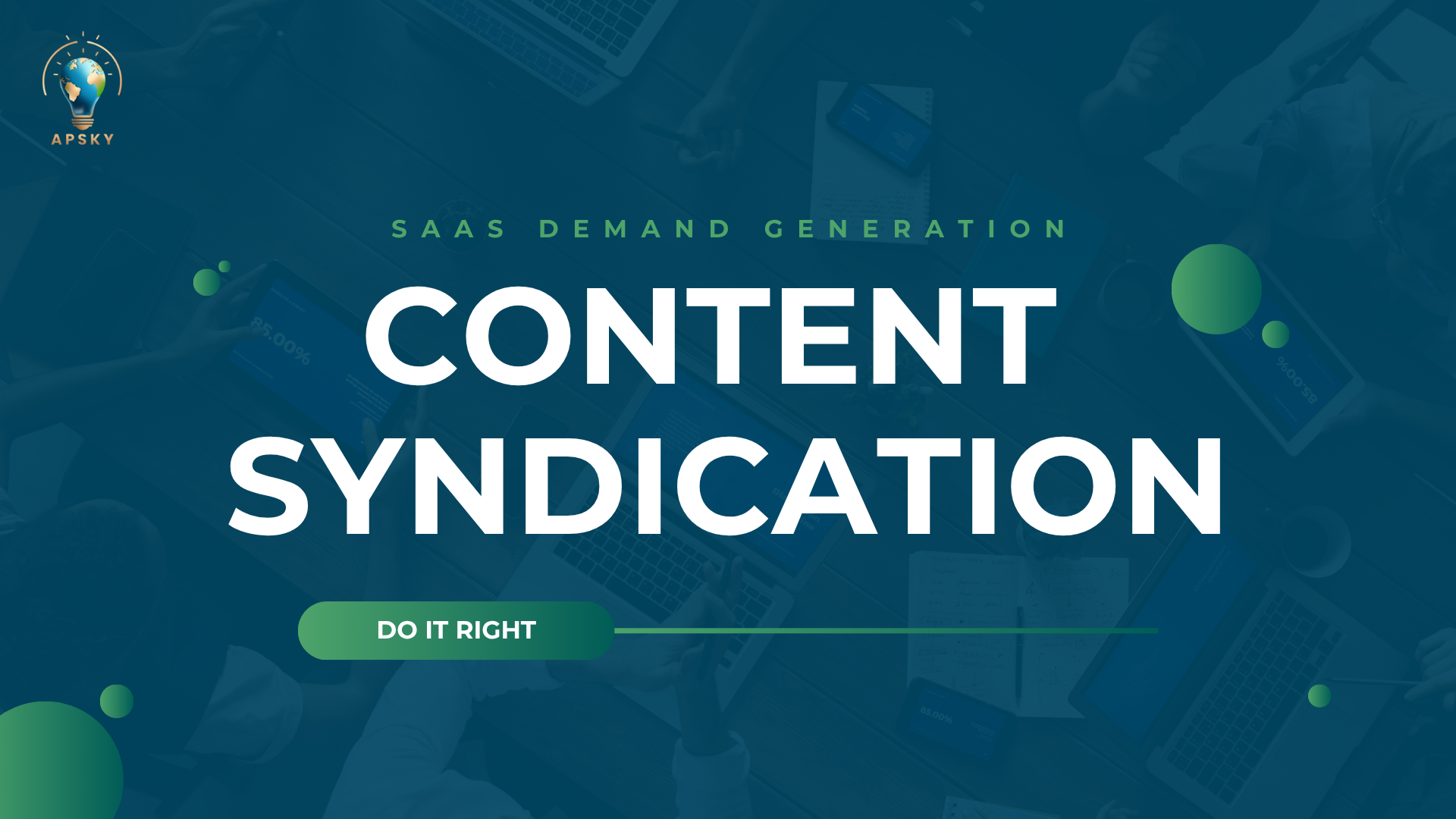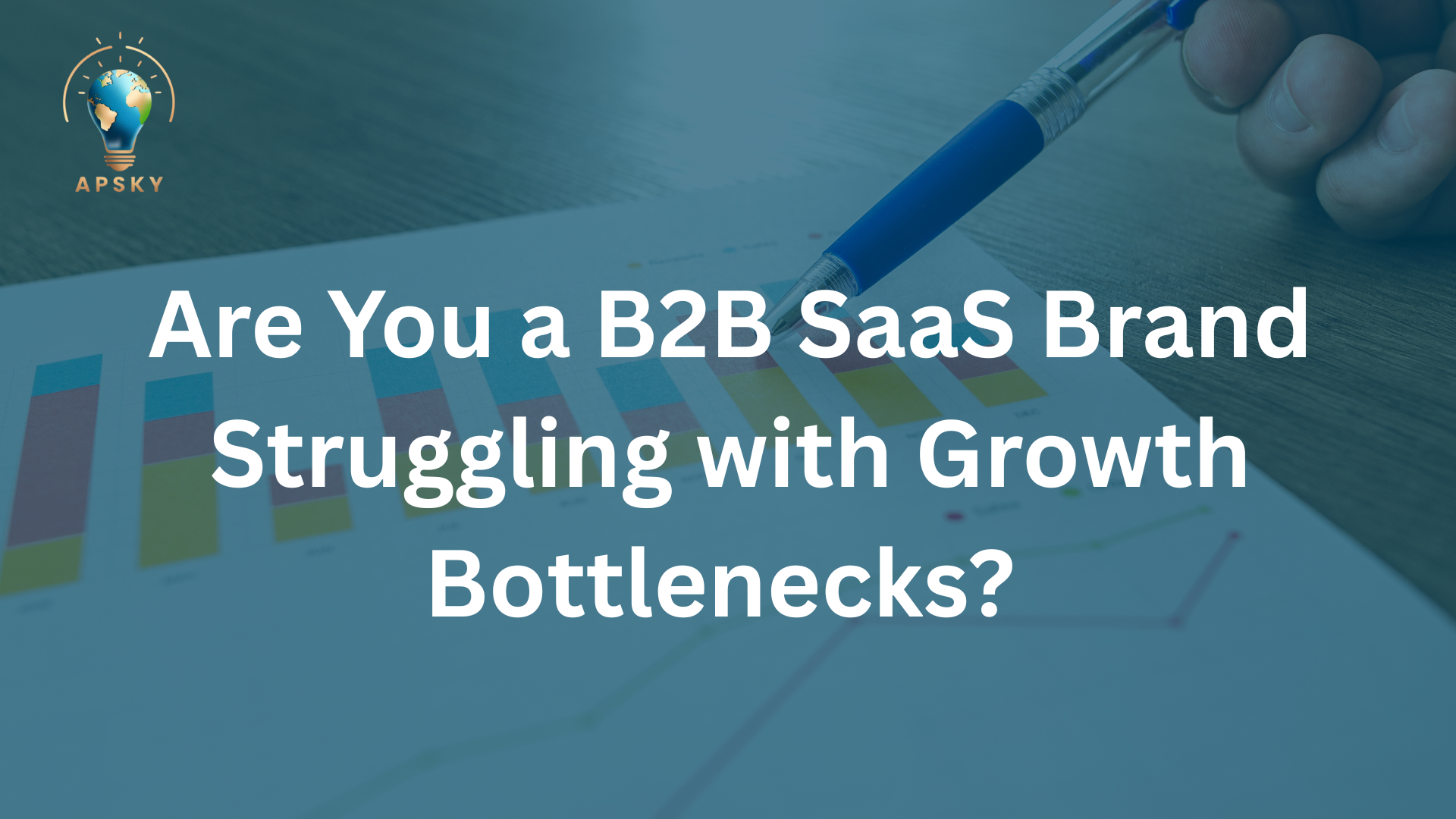In today’s fast-paced digital world, the path from interest to intent has never been more critical—or more complicated. The transition from a Marketing Qualified Lead (MQL) to a Sales Qualified Lead (SQL) is where too many opportunities go to die. But with the right martech stack and automation strategy, you can eliminate friction, tighten alignment between marketing and sales, and accelerate revenue.
Let’s break down how Martech can help automate this transition—and why it matters more than ever.
What Is the MQL–SQL Transition and Why It’s a Bottleneck
Before diving into the tech, it’s important to understand the handoff process:
MQL (Marketing Qualified Lead): A lead who has shown interest—perhaps downloaded a whitepaper, signed up for a newsletter, or attended a webinar. They’re not ready to talk to sales, but they’re warming up.
SQL (Sales Qualified Lead): A lead who’s been vetted—based on behavior, fit, and readiness—and is passed to the sales team for direct outreach.
The Problem?
Without automation, this handoff often fails. Sales teams complain that the leads aren’t ready. Marketing insists they are. Leads fall through the cracks. The result? Lost pipeline and finger-pointing.
How Martech Bridges the Gap Between MQL and SQL
Here’s how modern marketing technology steps in to automate and optimize that transition:
1. Intelligent Lead Scoring
Tools like HubSpot, Marketo, or Pardot allow you to score leads based on behavior (e.g., visited pricing page, attended webinar) and firmographic data (e.g., company size, industry).
Set a threshold: when a lead hits a certain score (say, 75/100), they’re automatically flagged as an SQL.
2. Behavioral Triggers and Automated Workflows
With automation, you can set predefined triggers that initiate transitions without manual input.
Example:
Lead downloads a case study → score increases by 10
Visits pricing page twice → score increases by 25
Hits the SQL threshold? → Automatic handoff to sales, Slack notification sent, CRM updated
Platforms: ActiveCampaign, HubSpot, Salesforce Marketing Cloud
3. Real-Time CRM Integration
Sales should never be working with outdated lead data.
By syncing your marketing automation platform with your CRM (like Salesforce, Zoho, or HubSpot CRM), lead status updates in real-time. That means your sales team knows the second a lead becomes sales-ready.
4. Data Enrichment Before the Handoff
Before passing the lead to sales, enrich it with firmographic and contact data using tools like:
Clearbit
ZoomInfo
Lusha
This ensures the sales rep has full context and accurate contact details, improving connect rates and call relevance.
Building the Perfect MQL-to-SQL Automation Flow
Here’s a simplified example of an automated funnel transition:
Lead signs up for a webinar → Added to nurture sequence
Opens 3+ emails and clicks on product links → +15 points
Visits pricing page twice in a week → +30 points
Lead score reaches 80/100 → Automatically tagged as SQL
Workflow sends notification to assigned sales rep
Lead enriched with company info and added to CRM pipeline
Boom. Smooth, fast, and accurate.
Real-Life Example: SaaS Company
A mid-stage SaaS company implemented automated scoring and enriched lead workflows using HubSpot + Clearbit + Salesforce. After three months:
MQL to SQL conversion rate increased by 42%
Sales team reported 30% less time spent qualifying leads
Average response time to new SQLs dropped from 12 hours to 90 minutes
All without adding headcount.
Conclusion: Let Martech Do the Heavy Lifting
If your MQL to SQL handoff is still dependent on spreadsheets, email chains, or gut feel—you’re leaking revenue. Automation doesn’t just streamline the process, it enforces alignment between marketing and sales, creates accountability, and lets both teams focus on what matters: closing more deals.
Start today:
Audit your current funnel
Define your scoring model
Automate the handoff
Let the machines do their job
Your pipeline—and your sales team—will thank you.




